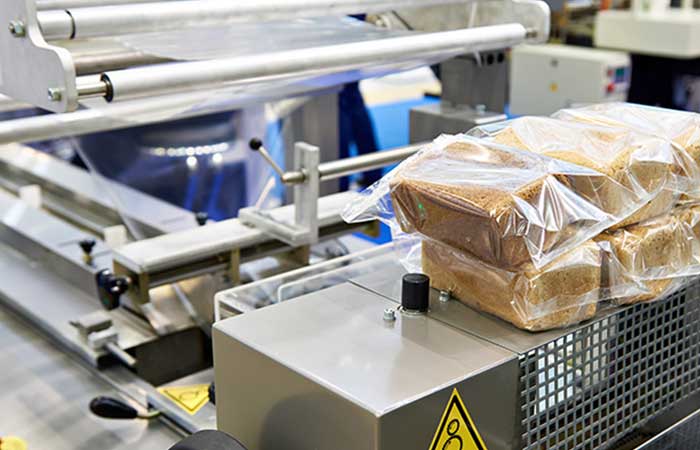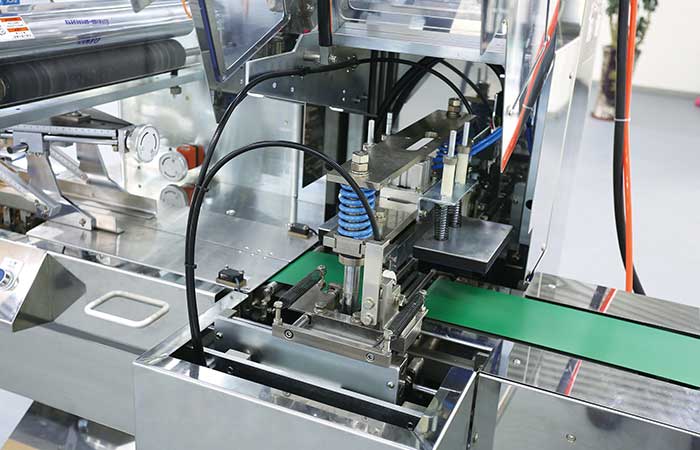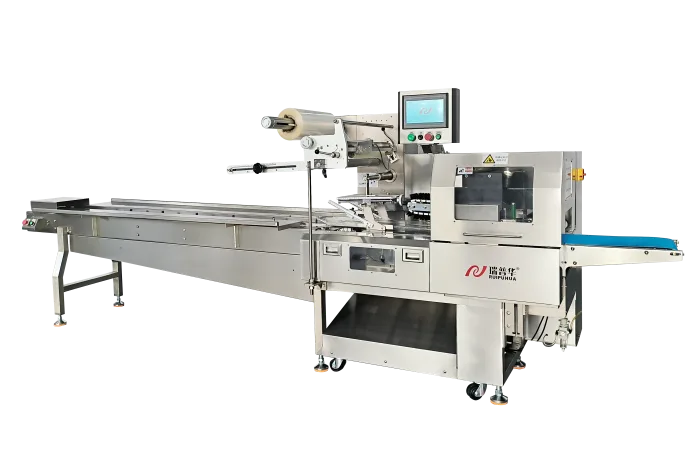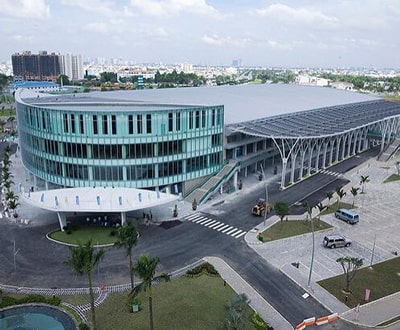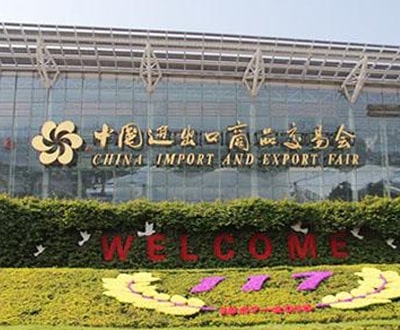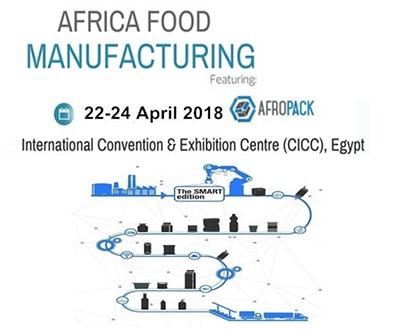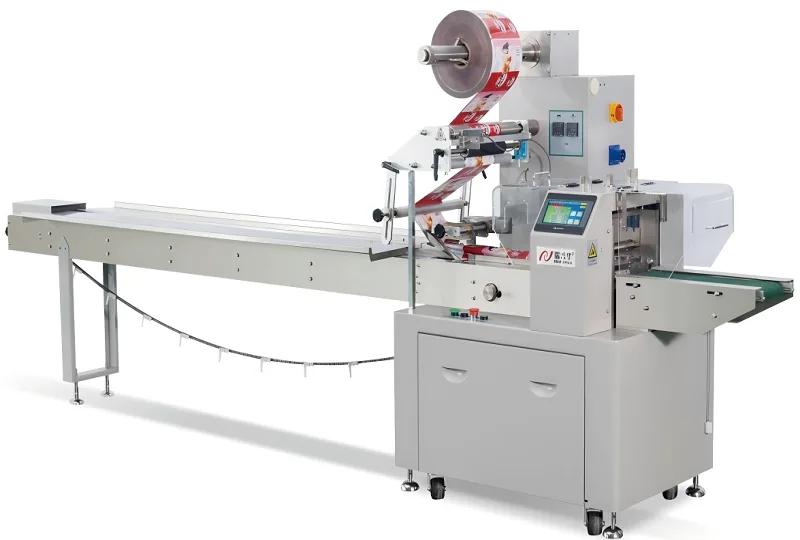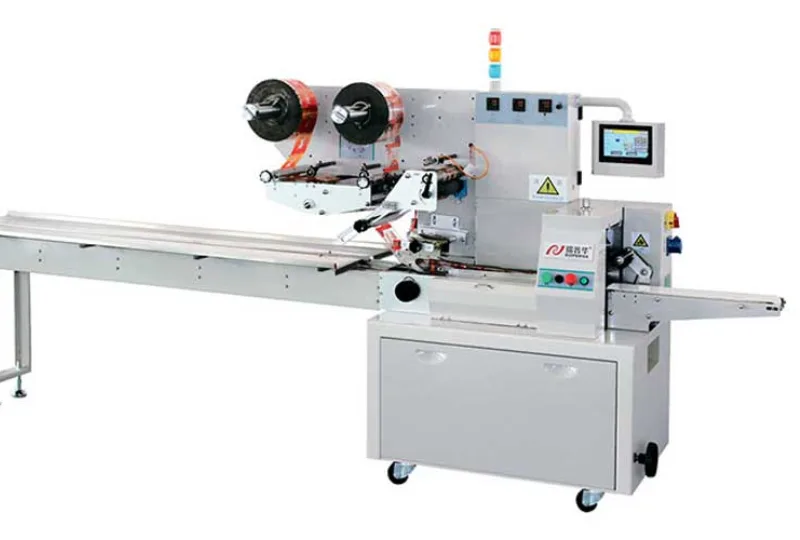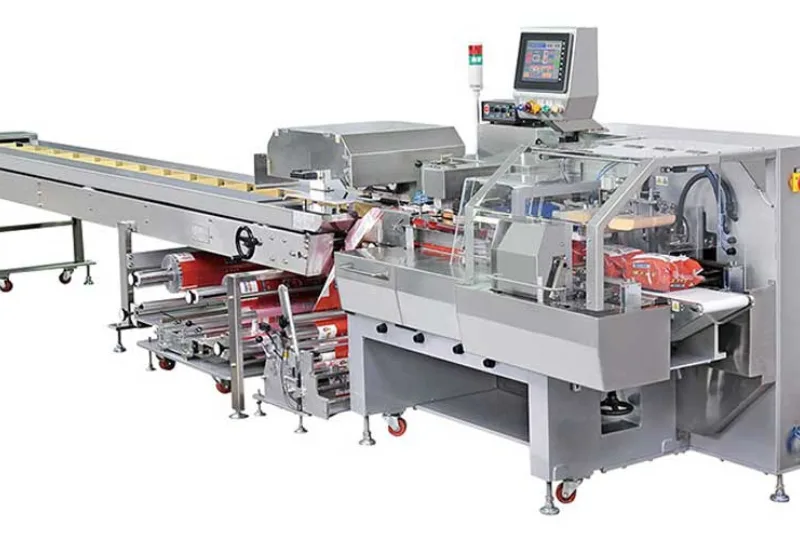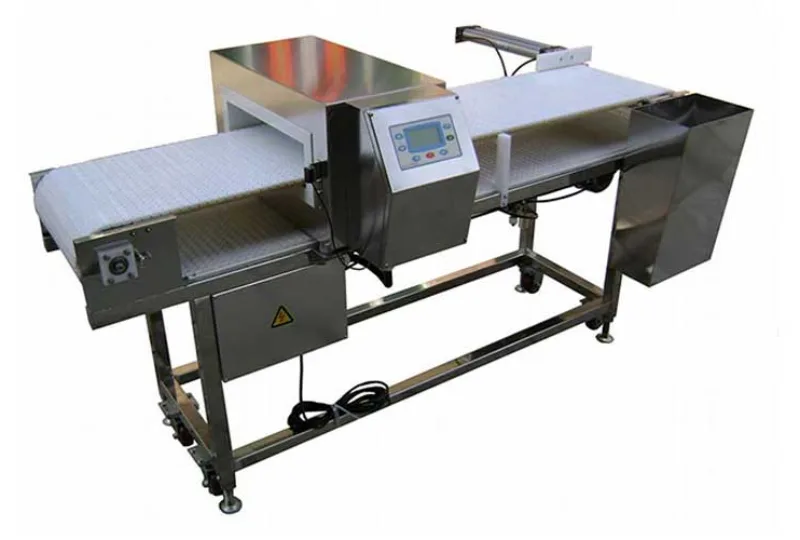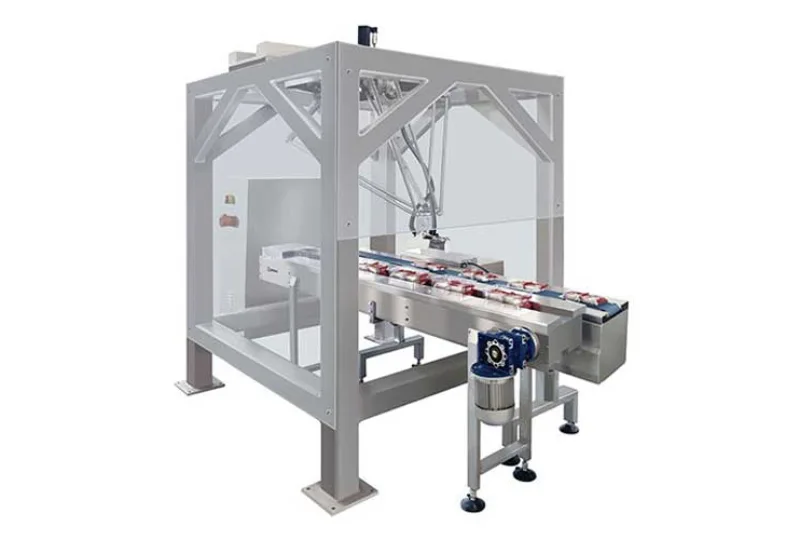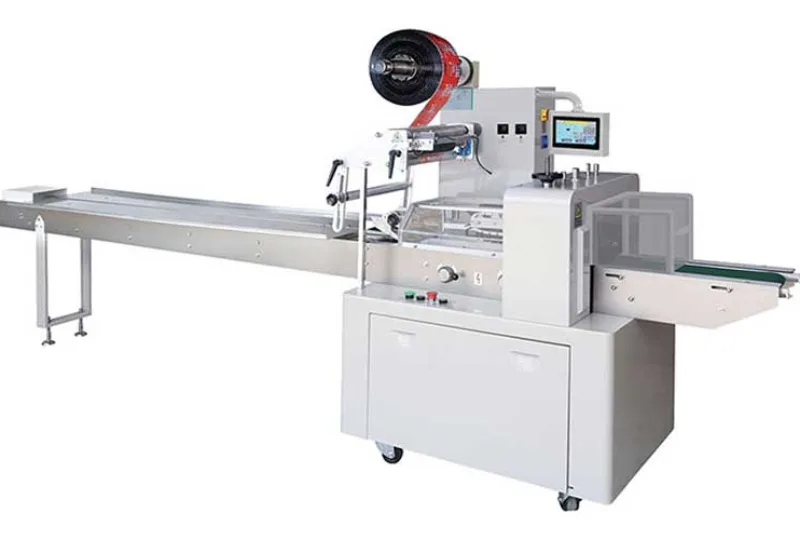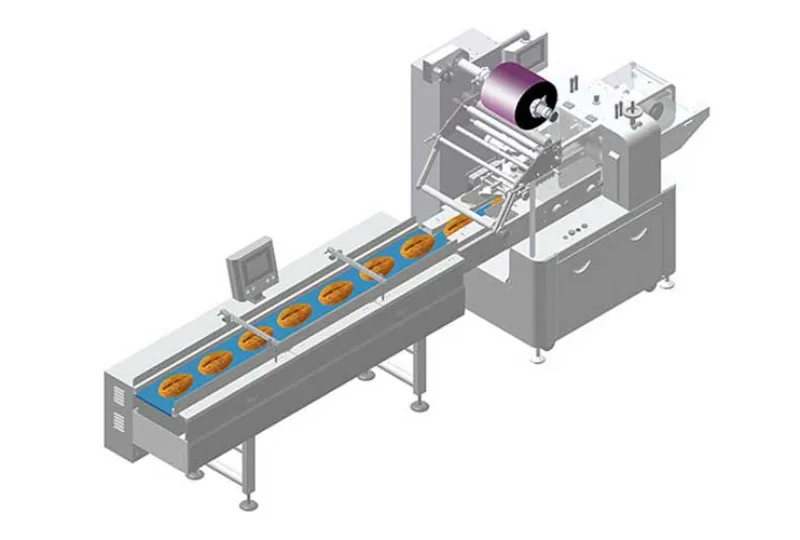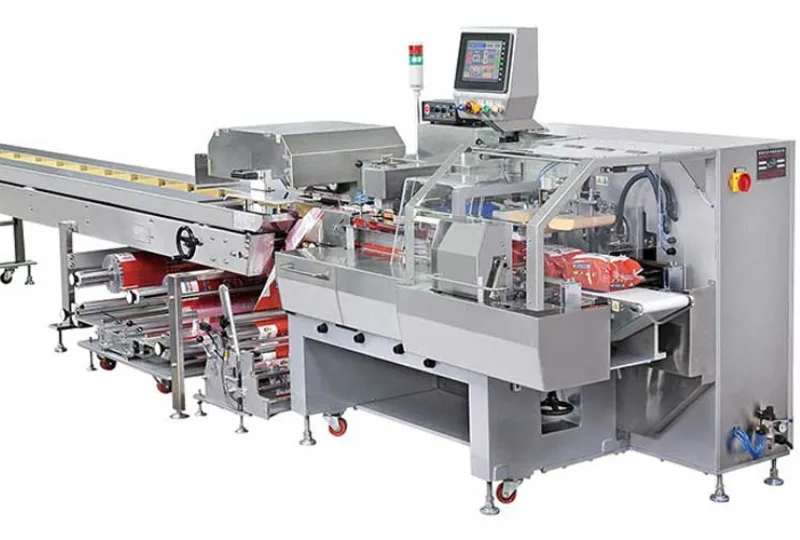Revolutionizing Food Preservation: The Rise of Active Packaging Systems
The Future of Food Packaging: Active Packaging Systems
With the constant need to innovate and improve, the food packaging industry has seen a significant shift towards active packaging systems. These systems not only store food but actively interact with it to extend shelf life and maintain freshness. Let’s dive into the world of active packaging and explore how it is revolutionizing food preservation.
What are Active Packaging Systems?
Active packaging goes beyond the traditional role of protecting food products. It incorporates active components or functions that interact dynamically with the food or the environment to enhance preservation. These systems can release antimicrobial agents, oxygen scavengers, moisture absorbers, and ethylene inhibitors, among other functionalities.
The Benefits of Active Packaging
One of the key advantages of active packaging systems is their ability to extend the shelf life of products. By actively controlling factors such as moisture, oxygen levels, and microbial growth, these systems help prevent spoilage and maintain product quality for longer periods. This not only reduces food waste but also enhances food safety.
Types of Active Packaging
There are several types of active packaging systems being used in the industry today. Gas scavenging packaging, for example, helps in removing oxygen from the package to slow down oxidation and microbial growth. Ethylene scavengers are another type of active packaging that absorbs ethylene gas, which helps in delaying the ripening of fruits and vegetables.
The Role of Nanotechnology in Active Packaging
Nanotechnology has played a significant role in the development of active packaging systems. Nanomaterials such as nanoparticles and nanocomposites are being incorporated into packaging materials to provide enhanced barrier properties, antimicrobial effects, and other functionalities. This has opened up new possibilities for improving food safety and quality.
Environmental Impact and Sustainability
As the focus on sustainability continues to grow, active packaging systems are also being developed with environmental concerns in mind. Biodegradable and compostable active packaging materials are being researched to reduce waste and minimize the impact on the environment. This shift towards sustainable packaging solutions is crucial for the future of the industry.
Challenges and Future Outlook
While active packaging systems offer numerous benefits, there are challenges that need to be addressed. Issues such as cost, regulatory requirements, and consumer acceptance pose hurdles to widespread adoption. However, with ongoing research and innovation, the future looks promising for active packaging systems in revolutionizing food preservation.
The Future is Active
Active packaging systems are paving the way for a new era in food preservation. By actively engaging with food products and the environment, these systems are changing the way we store and protect our food. As technology advances and sustainability becomes a top priority, active packaging will continue to play a crucial role in ensuring food safety, reducing waste, and meeting the demands of consumers in a rapidly evolving industry.
-
01
Automatic Tray Loading and Packaging Equipment: Boost Efficiency to 160 Bags/Minute
21-11-2025 -
02
Automatic Soap Packaging Machine: Boost Productivity with 99% Qualification Rate
21-11-2025 -
03
A Deep Dive into Automatic Toast Processing and Packaging System
18-11-2025 -
04
The Future of Bakery Production: Automated Toast Processing and Packaging System
18-11-2025 -
05
Reliable Food Packaging Solutions with China Bread, Candy, and Biscuit Machines
11-10-2025 -
06
High-Performance Automated Food Packaging Equipment for Modern Production
11-10-2025 -
07
Reliable Pillow Packing Machines for Efficient Packaging Operations
11-10-2025 -
08
Advanced Fully Automatic Packaging Solutions for Efficient Production
11-10-2025 -
09
Efficient Automatic Food Packaging Solutions for Modern Production
11-10-2025 -
10
Advanced Automatic Packaging Equipment for Efficient Production
11-10-2025



